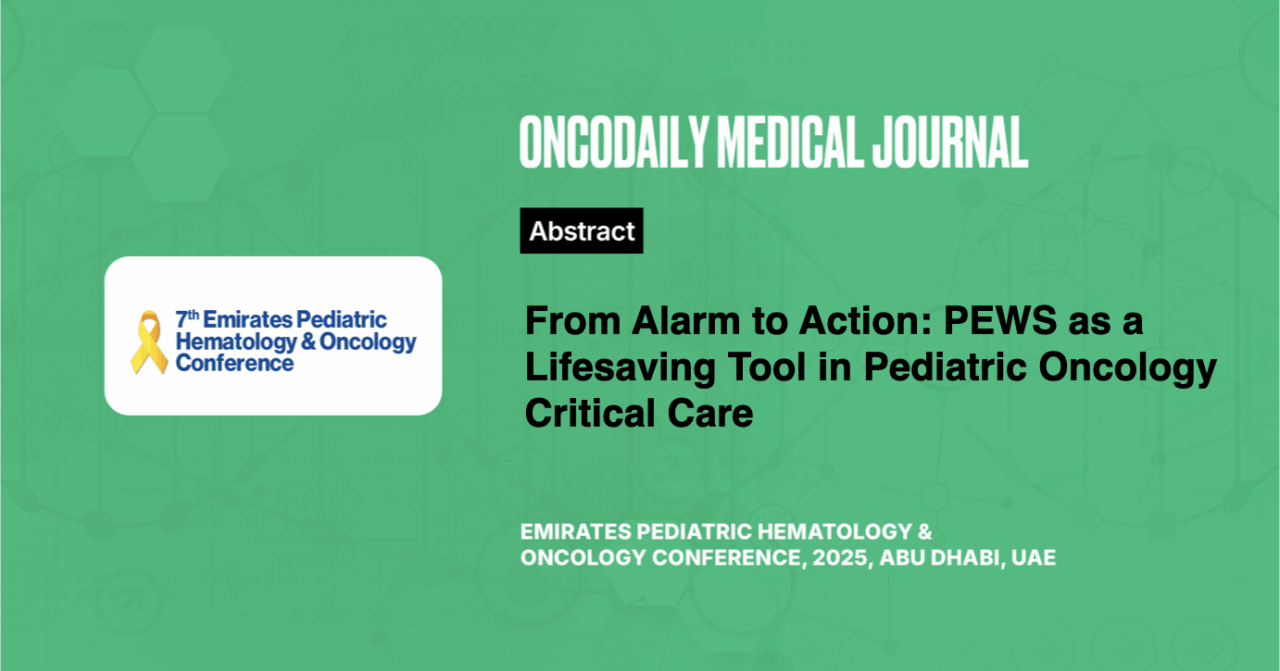From Alarm to Action: PEWS as a Lifesaving Tool in Pediatric Oncology Critical Care
Abstract
Introduction: In pediatric onco-critical care, rapid recognition and intervention for clinical deterioration are essential to enhancing patient outcomes and reducing critical events. The Pediatric Early Warning Score (PEWS) is a standardised tool to detect early signs of clinical deterioration and ensure timely responses. This study aimed to evaluate the impact of PEWS implementation on Medical Emergency Team (MET) activation rates and mortality within a high-risk pediatric onco- critical care unit.
Methods: A retrospective cohort analysis compared two periods: the pre-PEWS era (2021-2022, Group 1) and post-PEWS implementation (2023-2024, Group 2). Group 1, the control cohort, was assessed against Group 2, the intervention group in which PEWS was fully integrated. Data on MET alarms and PICU mortality rates were collected and analysed to calculate the percentage reduction between groups. Chi-square tests assessed statistical significance, providing insights into the PEWS impact on critical patient safety outcomes.
Results: PEWS implementation significantly reduced MET alarm rates, decreasing from 1.04% in Group 1 to 0.50% in Group 2, a 51.96% reduction (p < 0.05). Mortality rates declined, falling from 2.79% in Group 1 to 1.40% in Group 2, equating to a 49.89% reduction (p < 0.05). These outcomes indicate that PEWS improved early detection and intervention for clinical deterioration, reducing MET activations and potentially lowering mortality. The results suggest that PEWS contributes to better patient management and may reduce emergency response demands.
Conclusions: Integrating PEWS into pediatric onco-critical care led to significant reductions in MET activations and mortality, confirming its effectiveness in high-risk pediatric settings. These findings underscore PEWS as an essential quality improvement measure, with the potential to drive proactive, timely care and establish a structured approach to early intervention in pediatric oncology. Further prospective studies may validate PEWS as a universal tool for reducing poor outcomes in pediatric oncology critical care, setting a new standard for patient safety in this vulnerable population.





